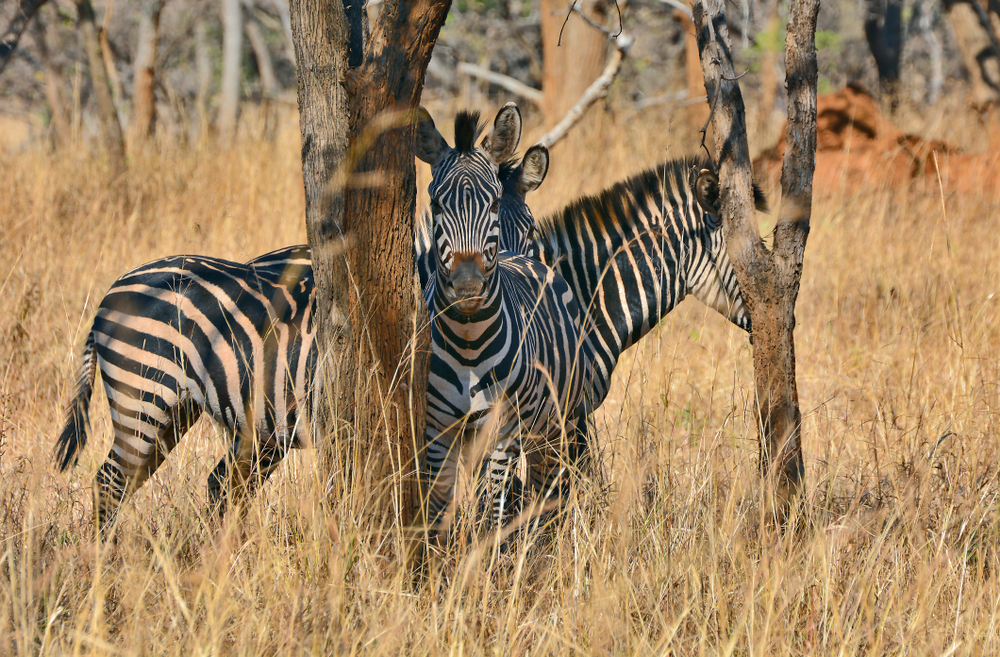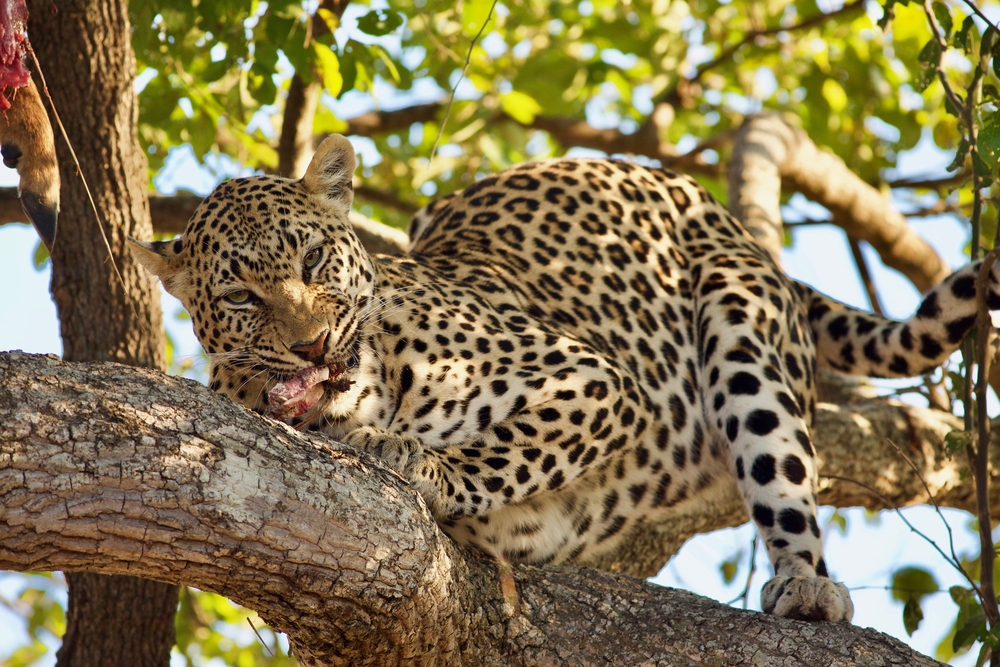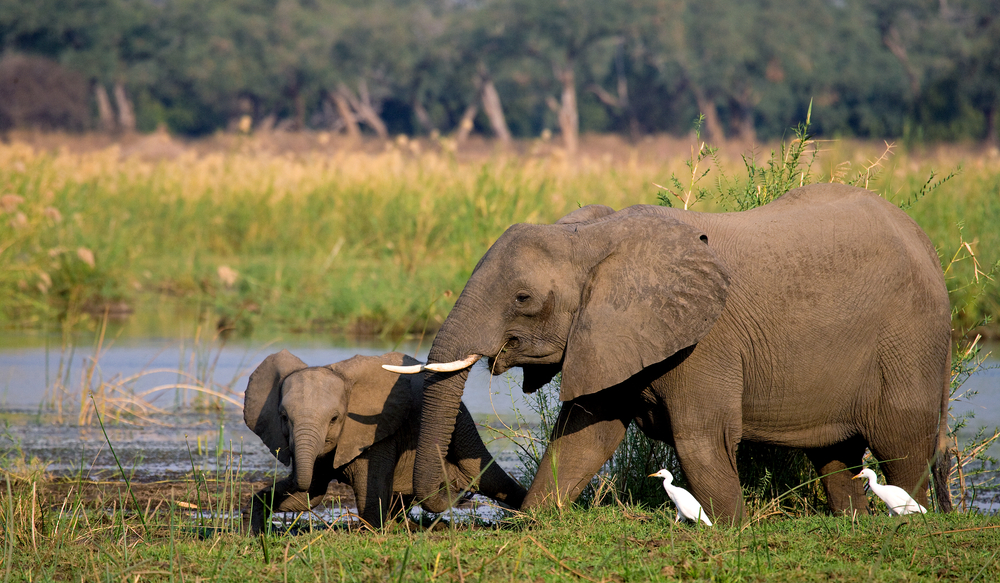Lusaka Overview
Lusaka National Park, known locally as “Paki ya Lusaka,” is Zambia’s newest national park, located just 30 kilometers (18.6 miles) southeast of Lusaka, the country’s bustling capital city. Officially established in 2015, the park spans approximately 67 square kilometers (26 square miles), making it one of Zambia’s smallest national parks. Despite its size, Lusaka National Park plays a significant role in conservation, serving as a sanctuary for wildlife and a convenient retreat for residents and visitors seeking to experience nature close to the city.
The park’s terrain is a mix of open grasslands, rocky outcrops, and acacia-dotted woodlands. While Lusaka National Park does not feature towering mountains or flowing waterfalls, its natural beauty lies in its tranquil landscapes and the sense of escape it offers from urban life. Artificially created waterholes dot the park, attracting animals and providing excellent opportunities for wildlife observation.
Lusaka National Park is home to a variety of wildlife, including giraffes, zebras, wildebeest, and impalas. Notably, the park has a breeding program for white rhinos, which were reintroduced as part of Zambia’s conservation efforts to protect this endangered species. Visitors may also spot other species such as bushbucks, elands, and warthogs, as well as a variety of birdlife, making it a delightful destination for wildlife enthusiasts and birdwatchers alike.
The park was established to promote conservation and environmental awareness, particularly in an urban setting. It serves as an educational platform where school groups and families can learn about Zambia’s rich biodiversity and the importance of protecting it. The reintroduction of white rhinos is a testament to the park’s commitment to species conservation, and ongoing anti-poaching measures ensure the safety of these vulnerable animals.
Lusaka National Park offers a range of activities for visitors. Guided game drives allow for close-up wildlife viewing, while designated picnic spots provide a chance to relax and enjoy the serene surroundings. Walking safaris, led by knowledgeable guides, offer a unique perspective on the park’s flora and fauna, allowing visitors to connect with nature on a deeper level. The park’s accessibility and well-maintained facilities make it an excellent choice for day trips or short getaways.
In summary, Lusaka National Park stands as a testament to Zambia’s dedication to conservation and eco-tourism. Its proximity to the capital city, combined with its rich wildlife and peaceful landscapes, make it a unique and accessible destination for those looking to experience the beauty of Zambia’s natural heritage. Whether for a family outing, an educational excursion, or a relaxing day in nature, Lusaka National Park provides an unforgettable experience.













































































